Below is the synopsis for Significant Wildland Fire Potential for June through September. The full outlook can be located here which will give more insight from a region by region perspective.
Observations in May:
Fire activity continued to be well below average (as predicted in our previous Outlook) during May as a cool, wet pattern redeveloped over the West during the second week of the month and persisted through month’s end. High elevation locations in many areas received late season snowfall that further slowed snowpack melting rates. Middle and lower elevations continued to see the development of a robust, continuous grass crop. Drought continued to recede except across Washington State where it persisted and across the Southeast where a slight intensification was observed. Alaska gradually entered its fire season as fuels began to dry and as convective weather patterns developed. With high pressure becoming more entrenched over the eastern Interior as the month progressed, fire activity began to pick up. Entering June, the driest areas remain areas along the Mexican Border, Washington State, and the Southeast.
Wildland Fire Outlook for June and July:
As June progresses, the fine fuels will begin to cure and dry from south to north across the West. Lingering high elevation snowpack should be lost. Wildfire activity should begin to increase by late month as peak of the fire season begins to arrive as July and August approach. As is the case with the lower elevation fuels, the high elevation heavy fuels will also experience a delayed entry into the season except along the Canadian Border in Washington State where overall dryness will lead to an average start with a potential for above normal activity. Alaska will reach its peak in June and begin to wind down in July.
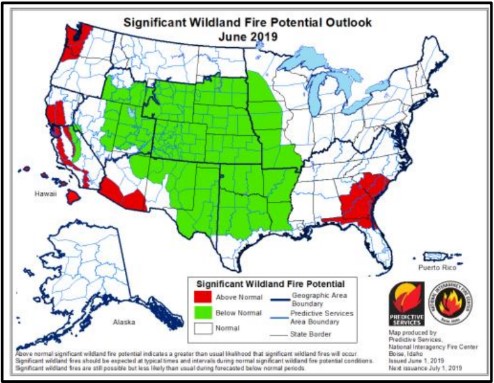
National Significant Wildland Fire Potential Outlook for June 2019
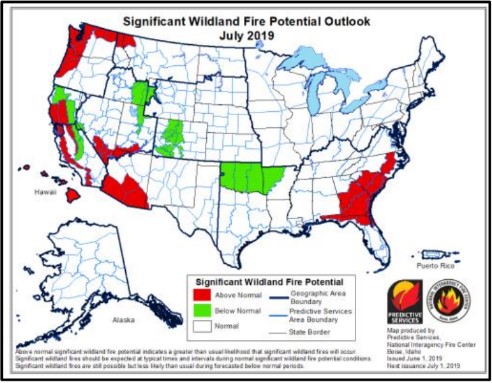
National Significant Wildland Fire Potential Outlook for July 2019
Wildland Fire Outlook for Late Summer:
Looking ahead to August and September the fire potential and resulting activity should increase to Normal in most areas except along the West Coast where Above Normal significant large fire potential is expected due to fuel loading and preexisting dry conditions. A traditional winding down of the Western fire season is expected in Mid-September as fall moisture begins to arrive.
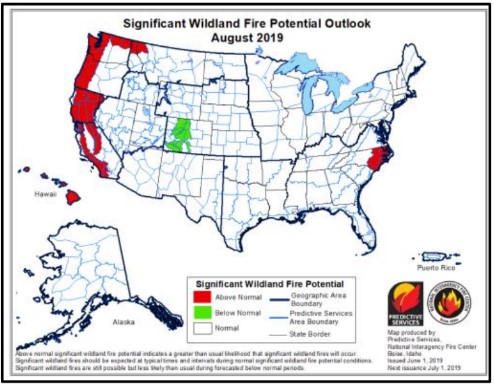
Latest National Significant Wildland Fire Potential Outlook for August 2019
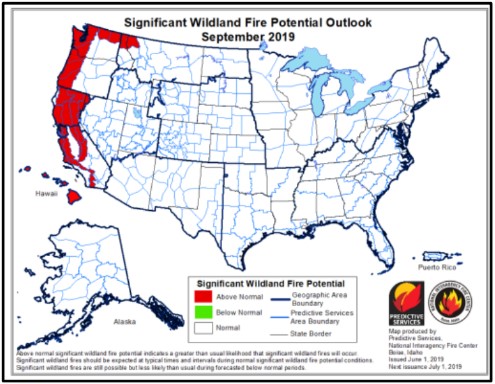
Latest National Significant Wildland Fire Potential Outlook for September 2019
Source: NIFC Predictive Services

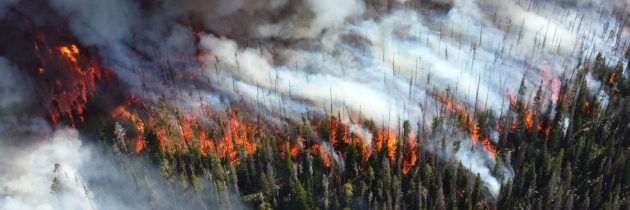
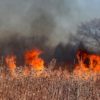
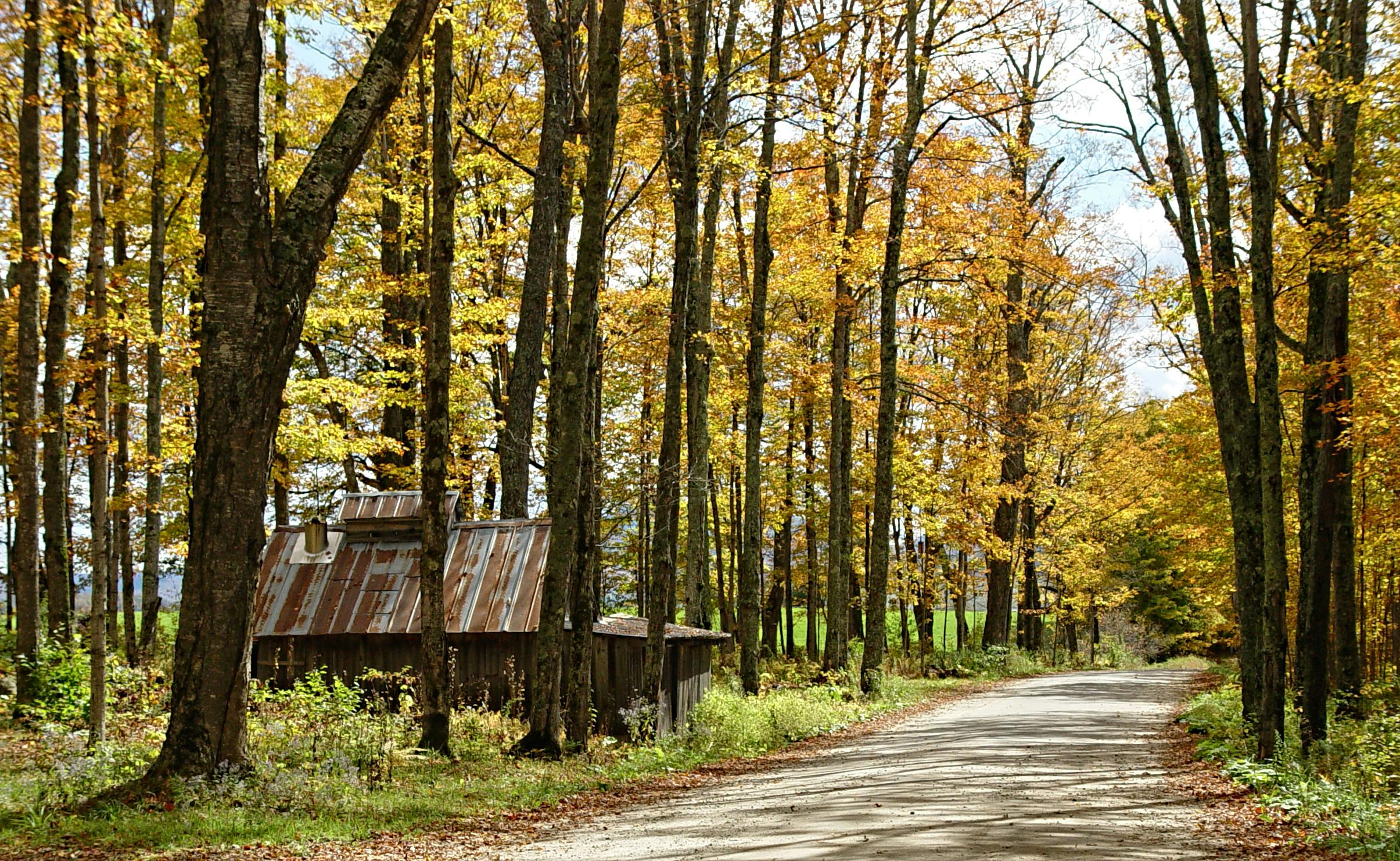
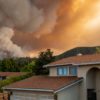
One Comment